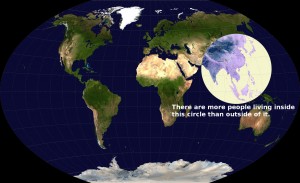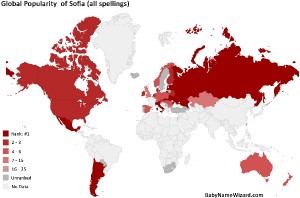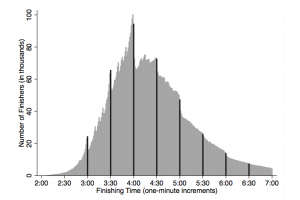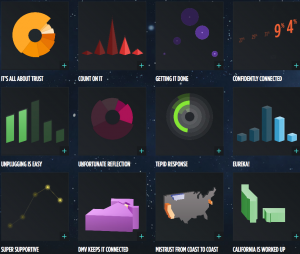Drug subsidy arithmetic
There are new, very promising treatments for some cancers, which work by disabling one of the safety mechanisms in the immune system so that it can attack the tumour. These treatments have been approved in the US for melanoma and the most common type of lung cancer, and they look better than anything we’ve seen before. The problem is the price, more than NZ$200,000.
In New Zealand, roughly 2000 people die of melanoma or lung cancer each year. At the current market prices, a course of treatment for each of them would absorb more than half of Pharmac’s budget.
It’s not even as if the $200,000 guarantees a cure. The results of the KEYNOTE trial in melanoma were impressively good by the standard of melanoma treatment, but:
The overall response rate was 34% and the complete response rate was 6%. Eighty percent of responses were still ongoing at the time of analysis, and the median duration of response has not yet been reached.
There really are people whose disease completely vanished, but only about one in sixteen. Two thirds didn’t see any response. Even for the people who have no detectable disease we can’t yet know if the benefits will last a few years or a lifetime.
Pharmac is not going to fund these treatments at anything like the current price in the current budget. That’s not a matter of debate or public pressure. It’s just not happening. It won’t add up. Conceivably, the government could decide to come up with the money to fund the treatments outside the current Pharmac budget. I don’t think that would be the best way to spend the money, but I’m glad to say this is the sort of decision I don’t get to make.
Over the next few years, other companies will introduce treatments that attack the same or related immune checkpoint targets, and competition will make the price fall. At some point, it will be worthwhile for drug companies to make Pharmac an offer it can accept, as happened recently with Humira, Pharmac’s current top spend (which turns off the immune response in a somewhat similar way to how the new cancer treatments turn it on).
Five years ago, you couldn’t get these treatments if you were a billionaire. In ten years or so, I expect these or similar treatments will be effectively free to New Zealanders. At the moment, we’re in the painful transition period, where the manufacturers can afford to target only the wealthiest individuals and insurance companies.




